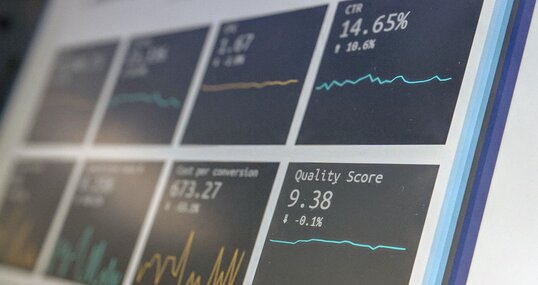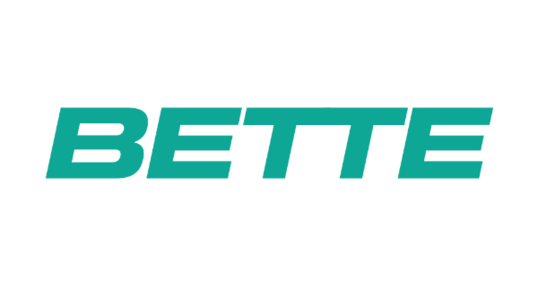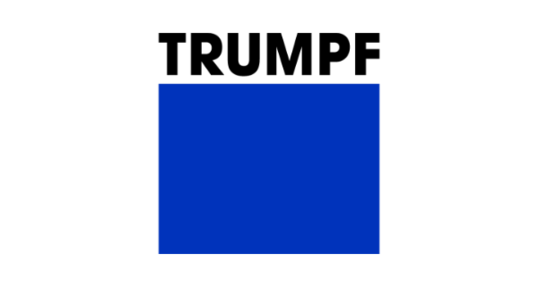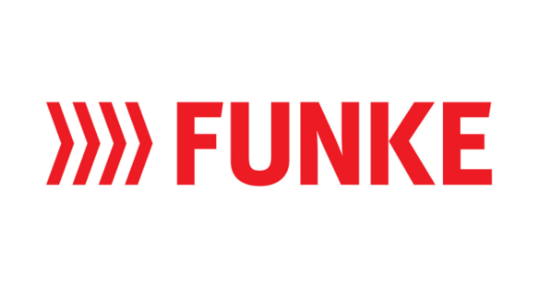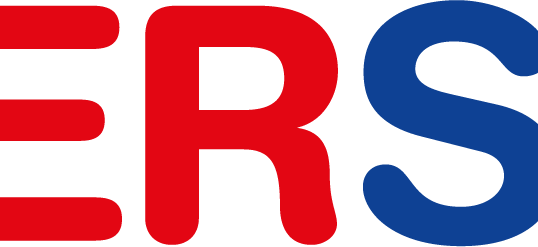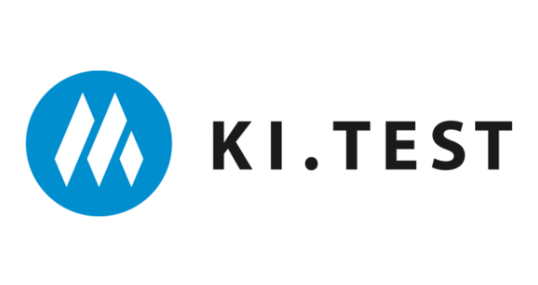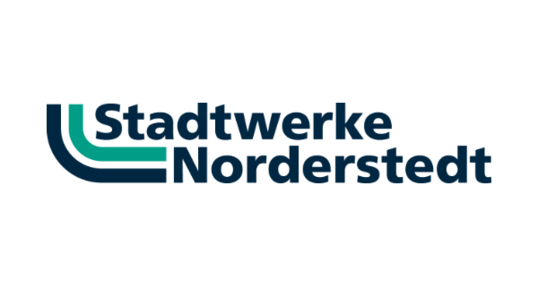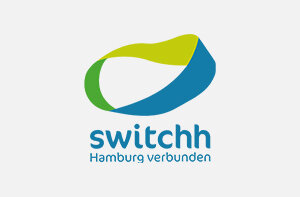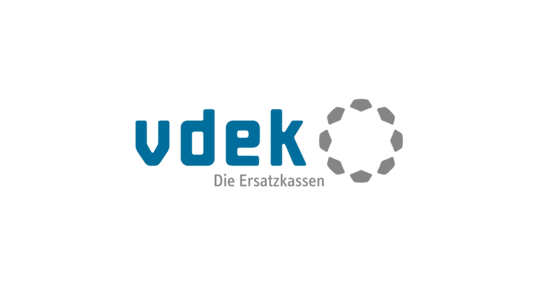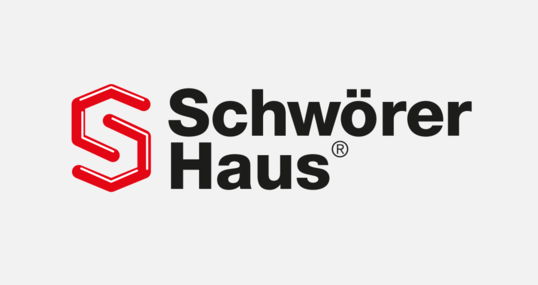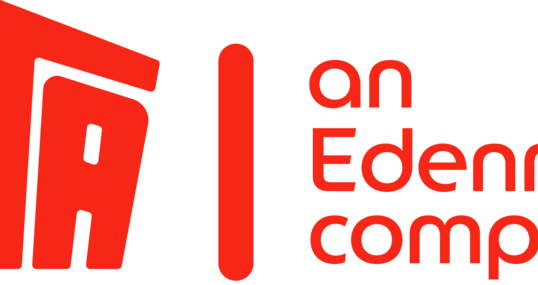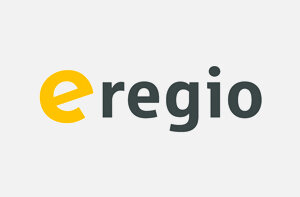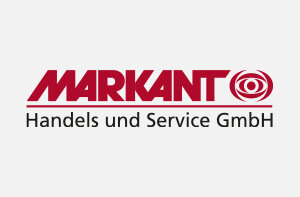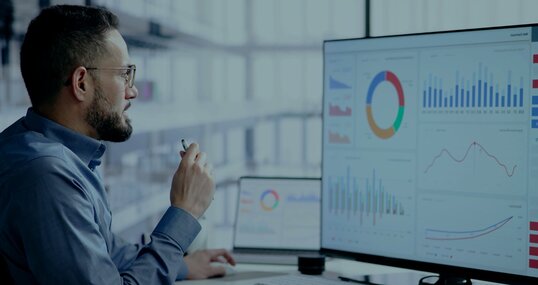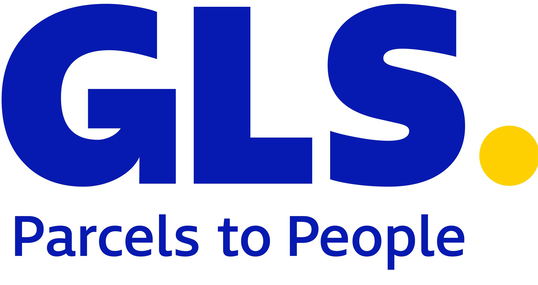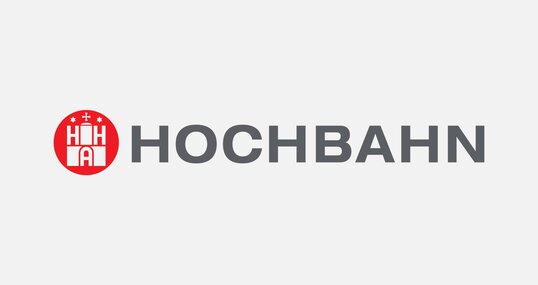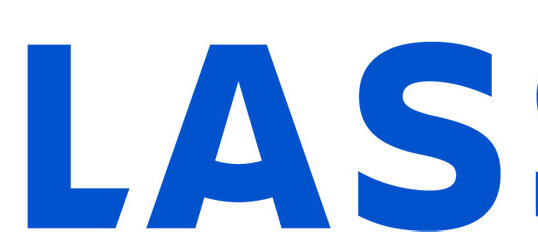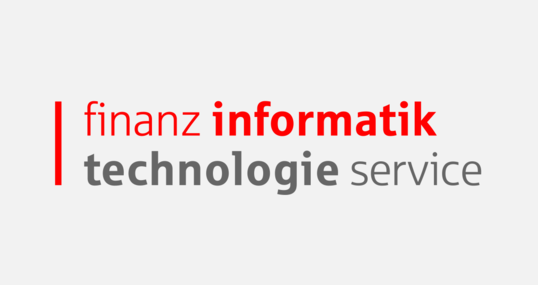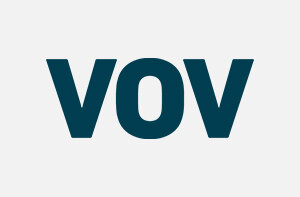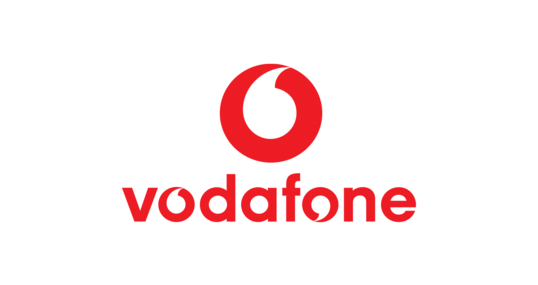Complex data structures and various tools often present companies with challenges when it comes to evaluating and using their data. At the same time, the optimal use of data is the basis for being able to make well-founded decisions. With the support of TIMETOACT, a theme park in Germany has already been using TM1 for many years in different areas of the company to carry out reporting, analysis and planning processes simply and flexibly.
- Many evaluation tools
- Different reporting requirements
- Data evaluation required a lot of time and personnel
TM1 to automate analysis, planning and forecasting processes and enable intelligent workflows
- AI-based planning
- Individual adaptation of data preparation for each department
- Total overview of data in one tool
- Possibility of synchronous collaboration
- Flexible implementation and high scalability
TM1 is logical and easy to use. With the dynamic evaluations companies save a lot of time and manpower
Markus WittmerTIMETOACTTM1 is an indispensable part of the everyday business of a theme park
A theme park in Germany has been using TM1 in many ways for many years. Many systems, new reporting requirements as well as manual preparation and analysis of numerous data did cost a lot of time and personnel. In order to optimize business processes, a solution was needed that would act as an interface to combine and evaluate data from different systems. TM1 covers all functions in one tool and is used very flexibly by the individual departments of the theme park administration:
Reporting – Regular reports to the parent company
What used to be a very time-consuming process is now largely automated when it comes to creating and sending internal company reports. These include, above all, cost/revenue reports from the theme park, gastronomy and hotel sectors. Hotel occupancy, staff hours, and the running and standing times of rides are also recorded. Another important component of reporting is the development of visitor numbers. This includes not only the pure recording of the number of visitors, but also the sales figures for tickets in the individual sales channels. Thanks to the automated recording and preparation of the data in dashboards, KPIs can be continuously monitored and optimizations derived.
Analyses – Gaining detailed knowledge about the visitors
An important part of the analyses in the theme park is the analysis of the origin of the visitors: Where do the guests come from? Who are the guests? The origin analysis and visitor numbers provide information on how interest is developing in specific segments and whether the marketing campaigns carried out have paid off. In addition, the system records when visitors book a room at the hotel and when they start their visit in order to perform an accurate occupancy analysis and, above all, to predict group bookings. With the help of TM1, the complex ticket structure (one-way tickets, annual passes, vouchers, etc.) can be taken into account, which is difficult to do with many other tools. In addition, as part of the merchandise management analysis, it is possible for the theme park to know the stock range, analyze and calculate the quantities. AdHoc analyses are another important functional area of TM1, in addition to the classic analyses, in order to be able to collect and examine flexible and spontaneous data.
Planning processes – deriving strategies for the future
Based on the reporting and analysis processes, specific strategies for further action on the respective areas are developed in the planning phase. By analyzing the origin and target groups, the theme park can plan targeted marketing campaigns (such as regional marketing) and implement them accordingly. In addition to classic revenue planning, forecasts are also used to plan the occupancy rate of overnight accommodations in the short term. Depending on the occupancy rate, the price for hotel rooms can be controlled and adjusted accordingly. In the context of inventory management, the necessary quantity can be ordered at the right time based on data.
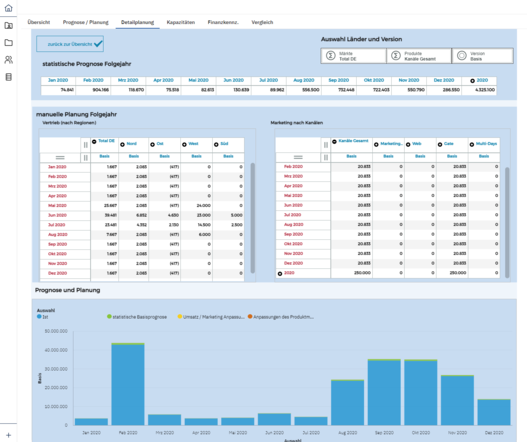
What is Planning Analytics?
IBM Planning Analytics is a universal solution that uses Artificial Intelligence (AI) to automate analysis, planning and forecasting processes and enable intelligent workflows. This enterprise performance management tool is based on Multidimensional OLAP Database TM1, IBM's powerful computational engine. This allows for easy and fast ad-hoc evaluations as well as standard reporting, especially for operational sales and financial management.
Overcoming manual planning limits
The big advantage besides AI-based planning is that with TM1 everything comes from a single source and the preparation of data can be customized for each department. Time-consuming collection and collation of data from different systems is a thing of the past; instead, companies receive an overall view of the data in one tool and can collaborate synchronously across the company. In addition to the outstanding scalability for growing companies, TM1 can be flexibly implemented – whether in on-premises environments or in the Cloud – and the data can be accessed at any time and from anywhere.
Personal exchange as the basis for cooperation
The procedure for the introduction of TM1 and support of projects is always agile. In joint workshops, the requirements are discussed and a rough solution is developed – without requirements or functional specifications. Our expert takes over the implementation of the solution in TM1 and assembles an appropriate user interface. User administration, data preparation and reporting can finally be taken over by the customer if desired, TIMETOACT is always available for feedback and help. "Cost compliance, thinking along and suggestions for new topics, direct contact, no waiting loops as well as adhoc help – this is very important to us for our customers. ", says Markus Wittmer from TIMETOACT.







